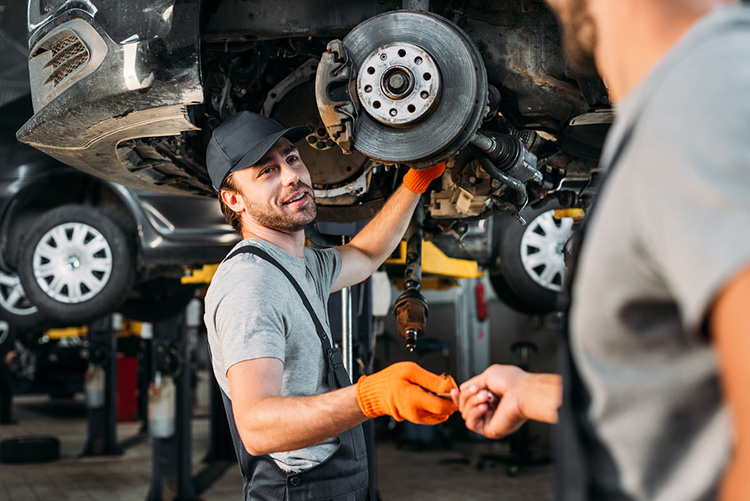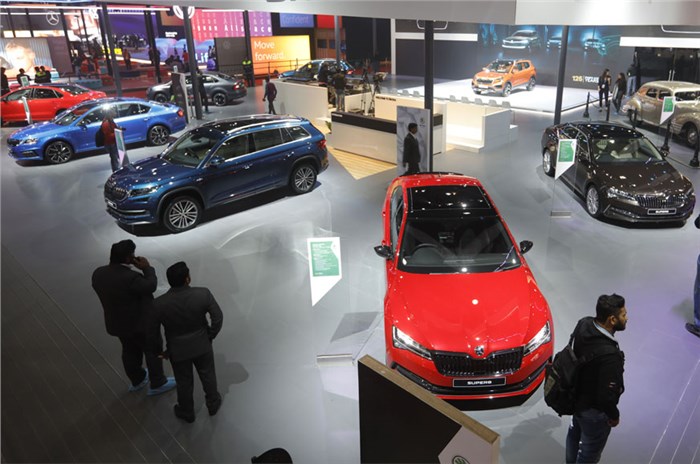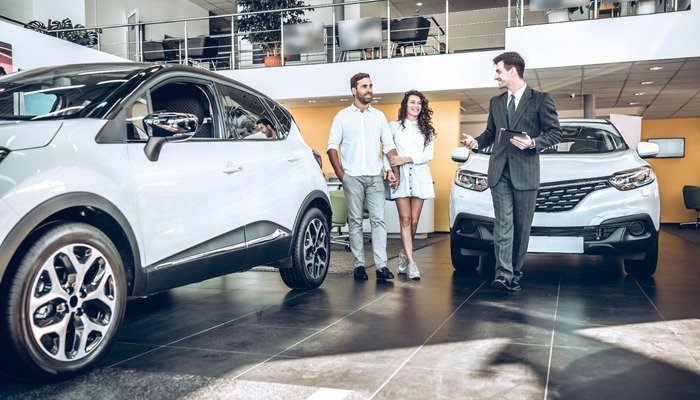The auto industry has evolved into a complex ecosystem encompassing technology, consumer behavior, and sustainability. Today, vehicles are not just modes of transportation; they are integrated platforms of innovation, safety, and connectivity. From electric vehicles reshaping energy consumption to autonomous driving technologies, the auto industry reflects the fusion of engineering, environmental consciousness, and digital innovation.
The Evolution of the Auto Industry
Early Automotive Innovations
The auto industry has a rich history beginning in the late 19th century with the advent of the internal combustion engine. The transition from horse-drawn carriages to mechanized vehicles revolutionized personal mobility. Early pioneers focused on mechanical reliability, fuel efficiency, and accessibility, laying the foundation for modern automotive engineering.
Rise of Mass Production
The introduction of assembly-line manufacturing in the early 20th century made cars more affordable for the average consumer. Henry Ford’s innovation in mass production democratized automobile ownership, transforming the car from a luxury item into a common necessity. This period emphasized:
- Standardization of components
- Reduction of production costs
- Expansion of consumer markets
Technological Milestones in Automotive Design
Over the decades, the auto industry has continually pushed the boundaries of innovation. Notable milestones include:
- Safety features: Seat belts, airbags, anti-lock braking systems (ABS), and traction control.
- Fuel efficiency: Introduction of hybrid engines and fuel-saving technologies.
- Connectivity: Integration of in-car entertainment, navigation systems, and telematics.
Current Trends in the Auto Sector
Electrification and Sustainability
The shift toward electric vehicles (EVs) is one of the most significant trends in the auto industry. With growing environmental concerns, consumers and manufacturers are focusing on reducing carbon emissions and adopting sustainable energy sources. Key aspects include:
- Battery advancements: Lithium-ion and solid-state batteries providing longer range and faster charging.
- Government incentives: Tax credits, subsidies, and regulatory support for EV adoption.
- Infrastructure development: Expansion of charging networks and smart grid integration.
This focus on electrification not only addresses environmental challenges but also influences supply chains and raw material sourcing.
Autonomous Vehicles and Smart Technology
Self-driving cars are no longer a futuristic concept. Advanced driver-assistance systems (ADAS) and autonomous technologies are transforming mobility by enhancing safety and convenience. Features include:
- Lane departure warnings
- Adaptive cruise control
- Automated parking and collision avoidance
Autonomous vehicles rely heavily on sensors, artificial intelligence, and machine learning to navigate complex environments, promising a future of reduced traffic accidents and improved urban mobility.
Connectivity and the Internet of Vehicles
Modern cars are increasingly connected, forming part of the Internet of Vehicles (IoV). This integration allows real-time communication between vehicles, infrastructure, and external devices. Benefits include:
- Traffic optimization and congestion reduction
- Predictive maintenance alerts
- Personalized in-car experiences
The rise of connected cars underscores the auto industry’s shift from mechanical products to technology-driven ecosystems.
Consumer Preferences and Market Dynamics
Changing Consumer Behavior
Today’s car buyers are more informed and selective than ever. Decisions are influenced not only by price and design but also by sustainability, technology, and brand reputation. Key trends include:
- Preference for hybrid and electric models
- Demand for smart safety features
- Interest in subscription-based or flexible ownership models
Regional Market Insights
Different regions show varied adoption rates for automotive innovations. For instance:
- North America and Europe focus heavily on electric and hybrid adoption.
- Asia-Pacific markets emphasize affordability and urban mobility solutions.
- Emerging markets still prioritize cost-effective and fuel-efficient vehicles.
These dynamics highlight the global nature of the auto industry and the need for localized strategies.
Innovations Driving the Future of Automobiles
Advanced Manufacturing Techniques
The auto industry is embracing new manufacturing methods to enhance efficiency and quality. Techniques such as 3D printing, modular assembly, and robotics are transforming vehicle production. Benefits include:
- Reduced production time and costs
- Increased precision and customization
- Enhanced scalability for emerging technologies
Sustainable Materials and Design
Automakers are integrating sustainable materials into vehicle design to minimize environmental impact. Examples include:
- Recycled plastics and metals
- Biodegradable interior components
- Lightweight composites to improve fuel efficiency
These initiatives reflect a commitment to environmental responsibility without compromising performance or safety.
Artificial Intelligence in Automotive Applications
Artificial intelligence is redefining the auto industry in several key areas:
- Predictive maintenance: AI analyzes vehicle data to prevent breakdowns.
- Driver assistance: Intelligent algorithms enhance safety and reduce human error.
- Personalization: AI customizes user experiences based on driving behavior and preferences.
The integration of AI positions automobiles as intelligent, adaptive machines rather than mere vehicles.
The Role of Legislation and Policy
Government regulations significantly influence automotive trends, particularly in emissions, safety, and technology adoption. Policies shaping the industry include:
- Stricter fuel economy and emissions standards
- Incentives for electric and low-emission vehicles
- Safety regulations requiring advanced driver-assistance systems
Compliance with these policies is crucial for automakers to remain competitive in a rapidly evolving market.
Challenges Facing the Auto Industry
Supply Chain and Resource Constraints
The global auto industry faces challenges such as semiconductor shortages and limited raw materials for batteries. These constraints can affect production timelines and pricing, emphasizing the need for resilient supply chains.
Consumer Adaptation to New Technologies
While innovation drives growth, some consumers remain hesitant to adopt advanced technologies like EVs or autonomous vehicles. Education, affordability, and infrastructure development are critical to addressing these concerns.
Environmental Pressures
Despite progress in sustainability, the auto industry must balance performance, cost, and environmental responsibility. Reducing emissions while meeting consumer expectations for power, comfort, and design remains a complex challenge.
Auto Industry and the Digital Experience
Online Car Buying and Virtual Showrooms
Digital transformation has changed how consumers purchase vehicles. Online platforms and virtual showrooms allow buyers to:
- Compare models and features instantly
- Access financing options and promotions
- Experience virtual test drives through augmented reality
These developments enhance convenience and improve the overall consumer experience.
Connected Services and Mobility Solutions
The modern auto industry extends beyond vehicle ownership to offer mobility-as-a-service (MaaS) solutions. Services include:
- Ride-sharing and car-sharing platforms
- Fleet management solutions
- Integrated transport apps for seamless urban mobility
These solutions reflect a broader trend toward accessibility, efficiency, and sustainable urban transportation.
FAQs About the Auto Industry
What is driving the shift toward electric vehicles?
The push for sustainability, government incentives, and advances in battery technology are major drivers behind the adoption of electric vehicles.
How do autonomous vehicles improve road safety?
By using sensors, AI, and real-time data analysis, autonomous vehicles reduce human error, prevent collisions, and optimize traffic flow.
Are connected cars secure from cyber threats?
Automakers are implementing robust cybersecurity measures to protect connected vehicles, including encryption, regular software updates, and threat detection systems.
What factors influence car buying decisions today?
Modern consumers consider safety features, environmental impact, technological integration, and cost-efficiency when selecting a vehicle.
How is AI impacting automotive maintenance?
AI enables predictive maintenance by analyzing vehicle performance and detecting potential issues before they cause breakdowns, reducing downtime and repair costs.
What are the benefits of mobility-as-a-service solutions?
MaaS improves urban transportation by offering flexible, efficient, and sustainable options, reducing reliance on private car ownership.



